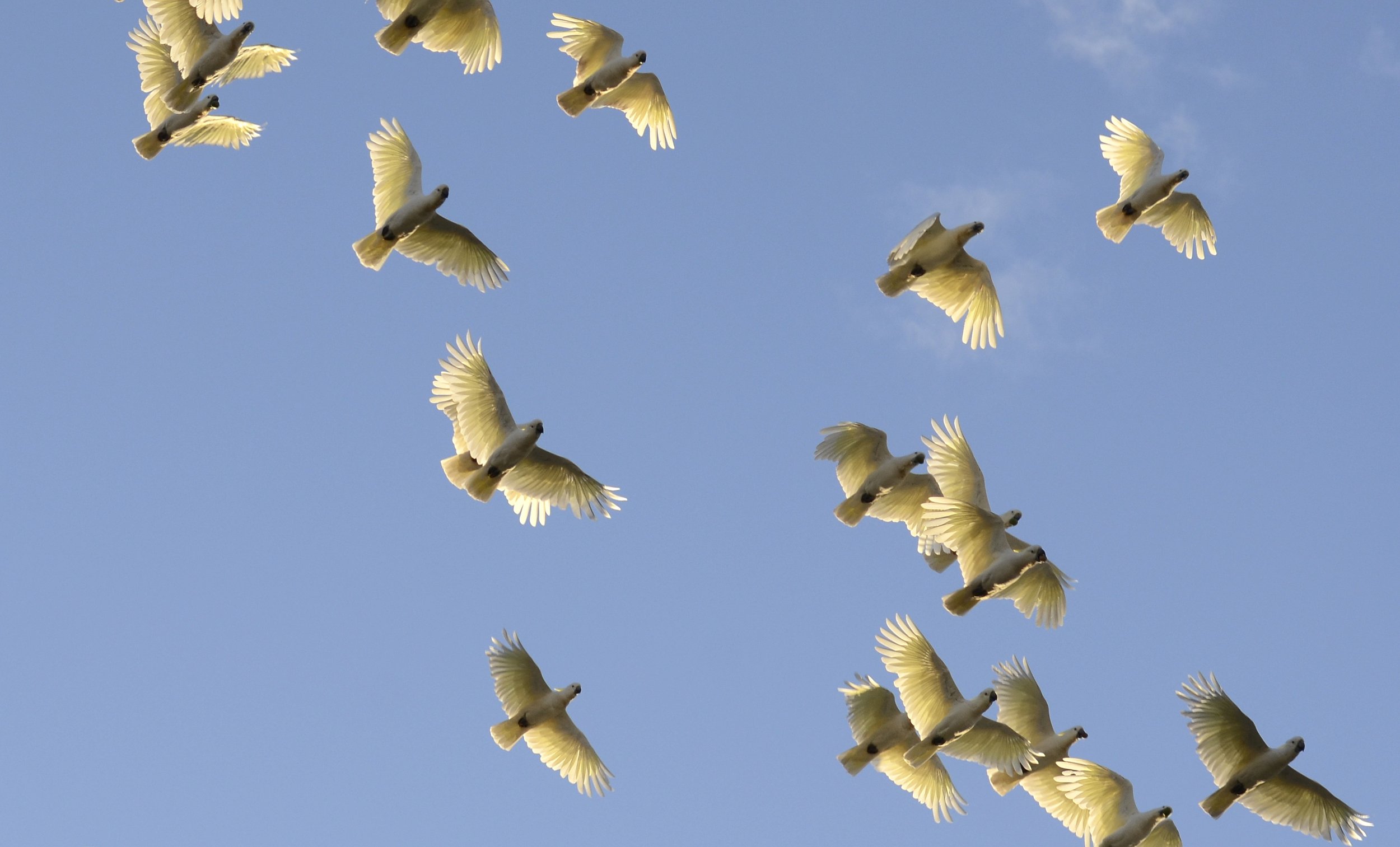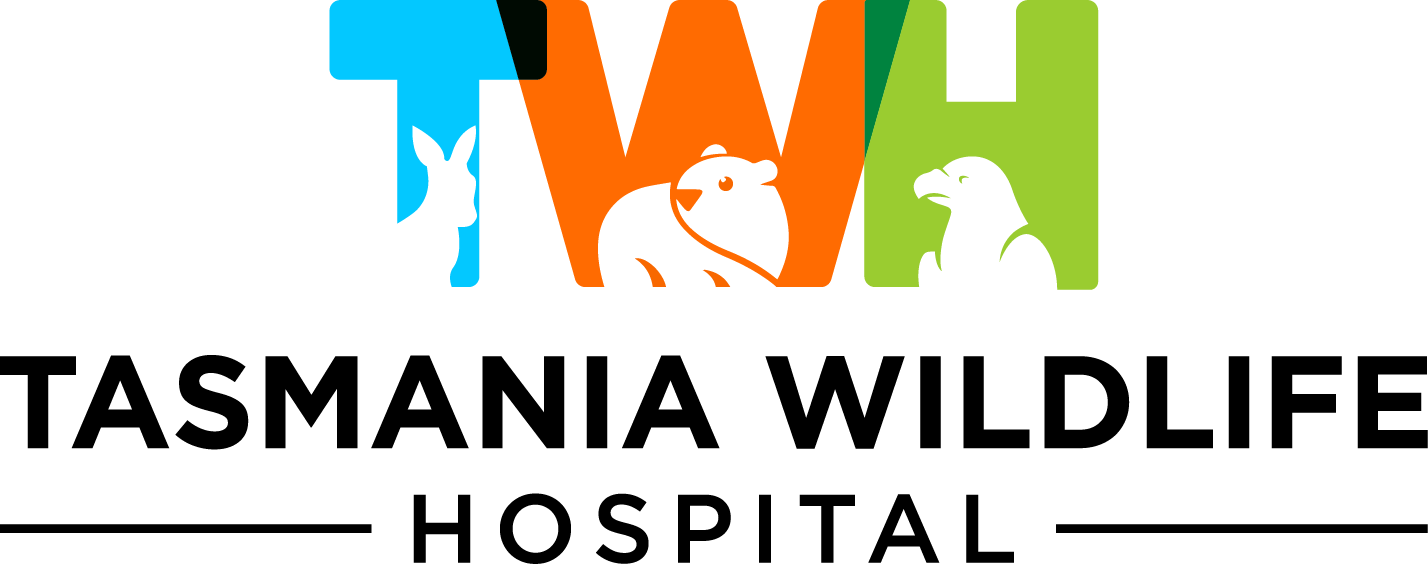
Supporting native wildlife along side a community of caring people
Our Why
It is widely recognised that the early triage, assessment, and treatment of injured wildlife result in better animal welfare outcomes.
However, in Tasmania to the best of our knowledge, there's currently no wildlife hospital with dedicated wildlife veterinary resources established in our region.
Despite the amazing work from incredible people, community groups and vets clinics throughout Tasmania, our wildlife rehabilitation sector still faces significant challenges.
Within the veterinary field, these include a drastic shortage of vets, protracted delays in filling job vacancies, and substantial mental health challenges. Lengthy delays in filling vacancies are even more protracted in regional areas like ours.
Our wildlife volunteers and rehabilitators are stretched to their limits. "Wildlife rehabilitators are feeling exhausted and burned out. The sector as a whole is extremely vulnerable and at risk of losing a large number of experienced rehabilitators unless several longstanding issues are urgently addressed." — Source: Tasmania Rehabilitation Sector Strategy 2022-2024
Our wildlife deserves better, our wildlife rehabilitation sector deserves better.
Who Are We
Established in early 2023, the Tasmania Wildlife Hospital (TWH) is a registered charity based on the North West coast of Tasmania.
The charity was created by the Forth Valley Vet Clinic to pursue the clinic's on-going commitment to the treatment of injured wildlife and to expand capacity for the protection and rehabilitation of Tasmanian wildlife in our region.
The Tasmania Wildlife Hospital is generously seed-funded by Forth Valley Vet Clinic, with contributions from business owners Dr. Joh Robertson and Alana Robertson. It utilises their veterinary facilities, land, and staff. A dedicated team of vets, vet nurses, operational staff, and wildlife carers volunteer their time to treat and care for the wildlife in our region.
Our organisation helps injured wildlife in the Northern and North West areas, offering assessment, treatment, and critical care. We also provide on-going veterinary support for regional wildlife carers and rescue groups at no charge.
Close collaboration between the two organisations enables TWH to accelerate the development of wildlife initiatives and outcomes, ensuring a stable and efficient use of resources and infrastructure.
TWH plans to increase its capacity to receive and treat injured wildlife, and further develop in-house capabilities for rehabilitation to release plus education and research.
We have a strong vision to support the future of our Tassie wildlife and the incredible community that works tirelessly to do the same for our wildlife.

“The continued existence of wildlife and wilderness is important to the quality of life of humans.”


